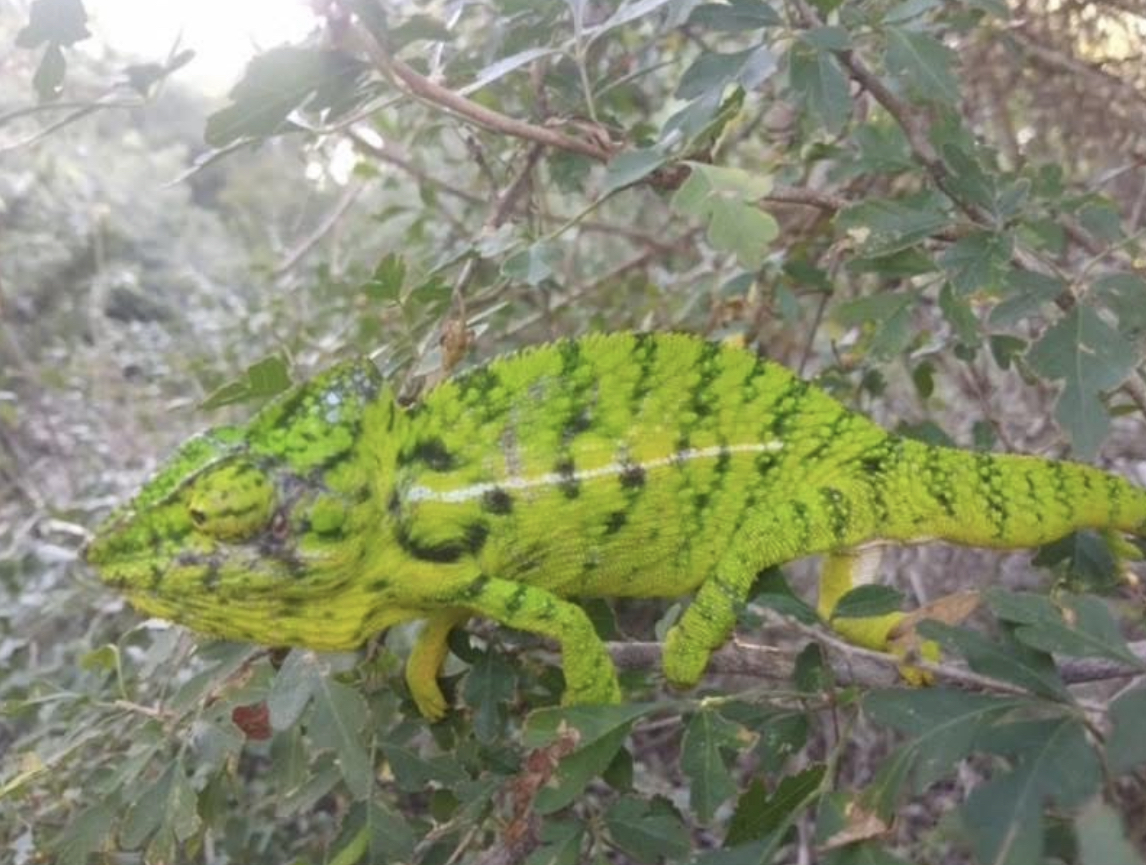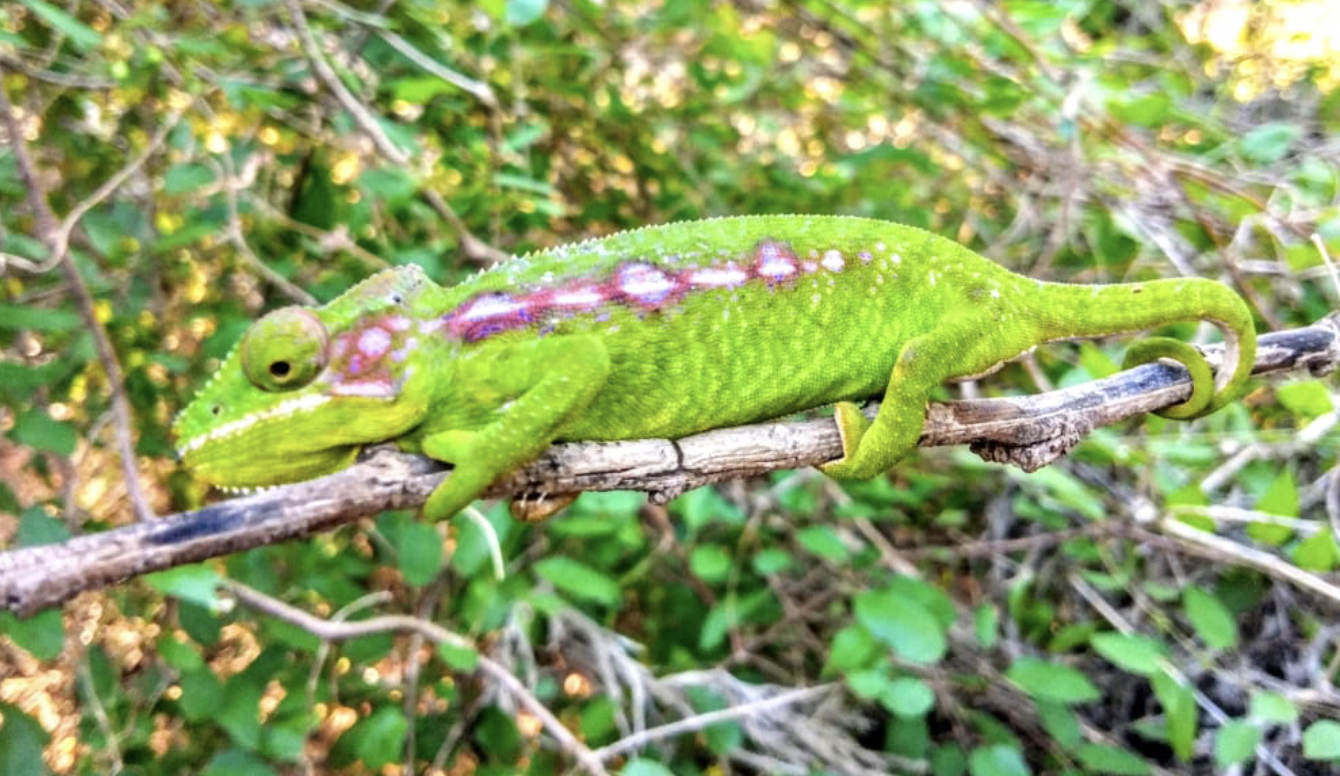The Belalanda Chameleon's New Perspectives



In May 2025, a team of researchers in southwest Madagascar made a remarkable discovery: four individuals of the critically endangered Belalanda chameleon (Furcifer belalandaensis) were found just five kilometers outside their known habitat. Previously thought to inhabit only a tiny 4 km² area near the village of Belalanda, this species is considered one of the rarest reptiles on Earth.
The sighting—two males, one female, and a fourth individual weeks later—marks the first confirmed presence since November 2024. Despite their vivid coloration and distinctive white lateral stripe, Belalanda chameleons are notoriously difficult to detect due to their canopy-dwelling behavior and degraded habitat.
Lead researcher Hajaniaina Rasoloarison noted that the newly discovered site, a semi-degraded forest patch, contains more native vegetation and a more continuous canopy than the original habitat, which has been heavily altered by agriculture, charcoal production, and urban expansion. The proximity of the new site to human settlements suggests the species may be more adaptable than previously believed.
However, threats persist. The controversial Base Toliara sand mining project, resumed in 2024 near the PK32-Ranobe protected area, poses serious risks through vegetation loss and infrastructure development.
Encouraged by the discovery, Rasoloarison's team is shifting focus toward intensive field surveys and conservation planning, involving students from the University of Mahajanga. "Even tiny forest patches can harbor species of immense value," he says. "This is a reminder of why fieldwork and local engagement matter."
Original source: Discover Wildlife / The Guardian (2025)
Image credit: Belalanda chameleon found in the newly discovered habitat, 5km outside of their original location, in south-west Mada-gascar. Picture by Hajaniaina Rasoloarison, lead researcher behind the discovery, to Greenauve.